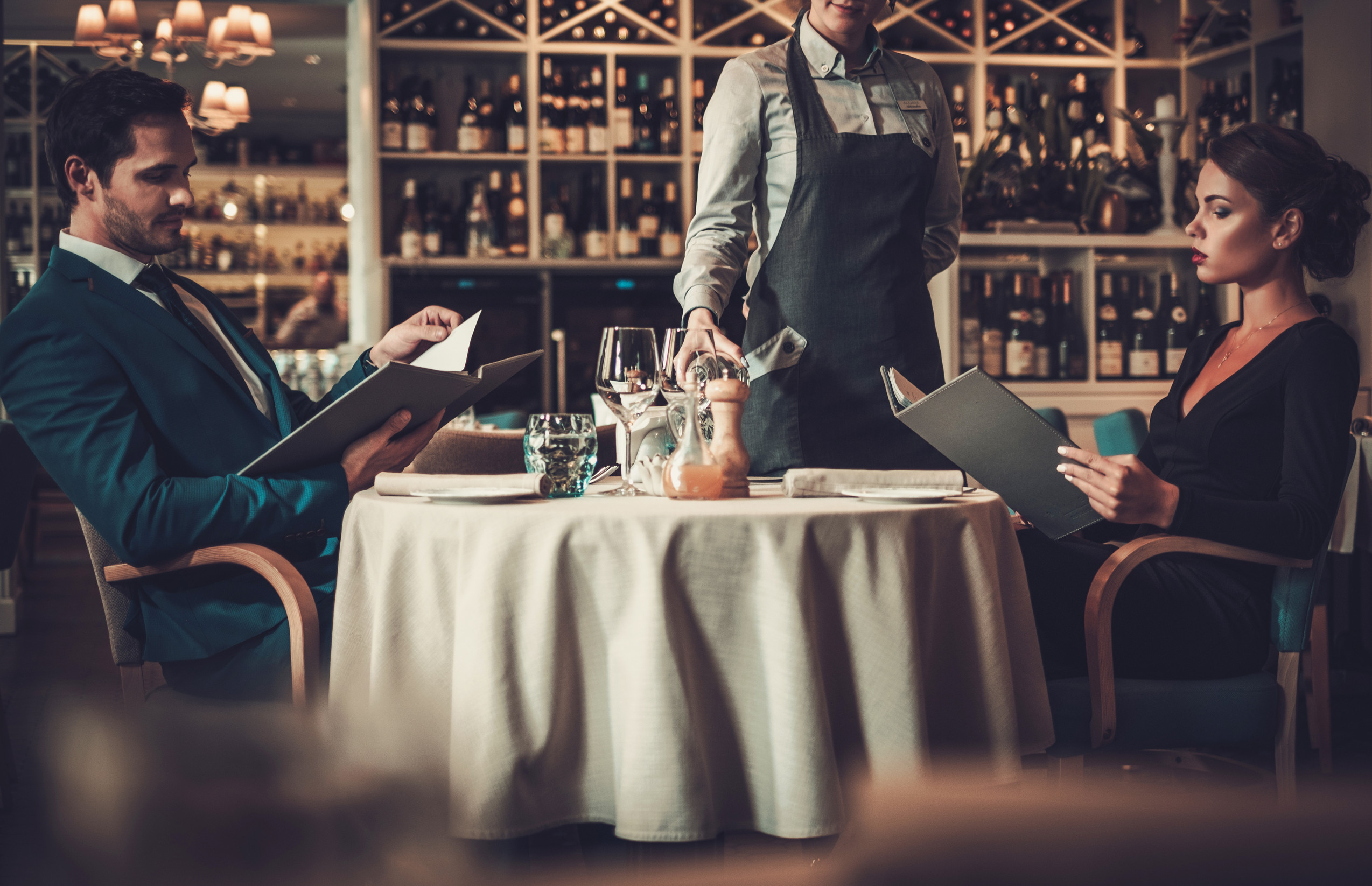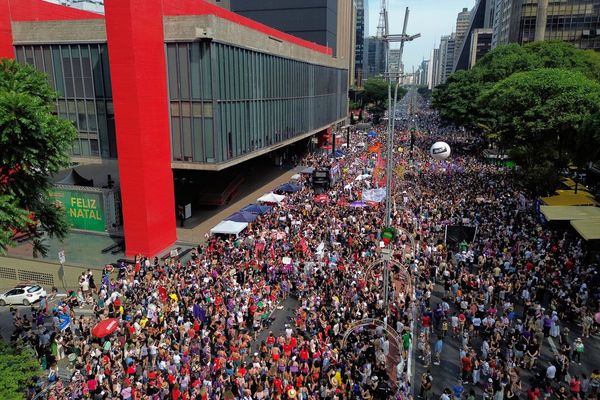
You’ve probably sat at a restaurant and felt confident you made a smart choice—great food, good price, nice atmosphere. Yet sometimes you leave knowing you paid more, ordered something less satisfying, or missed out on a better deal. Restaurants don’t usually advertise their behind-the-scenes tricks. But understanding a few menu secrets can help you spend smarter, order better, and avoid regret. Here are five secrets restaurants rarely admit about their menus—so you can shop your meals with more awareness.
1. Prices Are Designed to Be Less Noticeable
One of the biggest secrets restaurants hide is how they make you see the food first, and the price second. They often drop dollar signs or currency symbols (“$”) because studies show people focus less on cost when it feels less like money. Prices might also be placed after the description or in a uniform font so your eyes won’t jump to the cost. The goal: reduce price consciousness and increase the chance you choose something more expensive. Knowing this lets you slow down and compare more consciously.
2. Menu Layout Guides You to “Star” Dishes
Menus are rarely random—they’re often engineered using a “menu matrix” to identify which items are both popular and profitable (called “stars”). Restaurants then design the layout so those star dishes are hardest to miss—prime places like the top right or center get those spots. Less-profitable but popular dishes (called “plowhorses”) and high-profit but less ordered items (“puzzles”) might be pushed toward other areas, or get special highlighting. For you as a diner, the takeaway is: the item in the prime position might cost a bit more or have more markup. Recognizing the layout helps you spot when something is pushed just for profit rather than your best value.
3. Descriptions Are Emotional, Not Just Informative
If you read menu items closely, you’ll notice restaurants often use words like house-made, artisan, locally sourced, tender, fresh, and perfect. These aren’t just fluff—they build perceived value. When a description is evocative—mentioning smells, textures, origin stories—you’re more likely to order without pausing at the price. Also, nostalgia plays a role: invoking memories, comfort, or family ties through descriptions increases emotional appeal. For shoppers, a strategy: compare what’s being promised in the description to what you really want. You might be willing to pay more—but only if the value matches.
4. There’s a “Decoy” or “Anchor” Item to Make Other Options Look Good
Ever notice a super-expensive item that seems out of place, and everything else doesn’t seem that pricey by comparison? That’s intentional. Restaurants will include a high-priced dish (often not the best margin) to make other items look more reasonable by contrast. This is called anchoring or using a decoy; it shifts your perception. Even if you don’t pick the priciest dish, its presence influences your decision. For a savvy diner, spotting the decoy means you can judge value more fairly rather than being nudged inward.
5. They Use Menu Engineering to Steer You, Not Just Serve You
Restaurants aren’t just listing food—they carefully analyze data on what sells and what’s profitable. Items that sell well and bring good profit become “stars,” while others are tweaked or removed over time. They also adjust menus seasonally (costs, availability, trends) or change wording, layout, or visuals to push customers toward dishes they want to promote. For example, they may highlight certain dishes as “chef’s favorite” or “guest favorite” to create social proof. As a customer, being aware of this means you can ask good questions—ingredient quality, portion size—before assuming a menu item is the best value.
How to Use These Secrets to Eat Smarter
Restaurants use all kinds of small tricks in their menus—from layout placement, emotional descriptions, to pricing style—to influence what and how much you order. When you know how these secrets work, you can intentionally slow down, compare, and pick what offers real value to you. Don’t be fooled by what looks like “highlighted best value”—check portion size, ingredients, and real cost. Also, ask about specials or unadvertised items; sometimes the kitchen has leftover ingredients or daily deals not obvious from the menu. Being aware acts like having your own insider knowledge. Once you start seeing the seams of the design, you can decide with power rather than impulse.
Do you ever spot things on menus that feel designed to trick you? Which of these secrets surprised you the most—or maybe you already knew one? Share your thoughts in the comments!
What to Read Next
- 4 Ways Your Favorite Restaurant Is Spying on You
- 7 Bizarre Things Restaurants Do To Your Food Without You Knowing
- 6 Things You Should Never Do in a Restaurant Drive-Thru
- 7 Reasons Your Restaurant Order Is Taking Forever
- 10 Sneaky Restaurant Tricks That Cost You More Money
The post 5 Secrets Your Favorite Restaurant Will Never Tell You About Its Menu appeared first on Grocery Coupon Guide.







